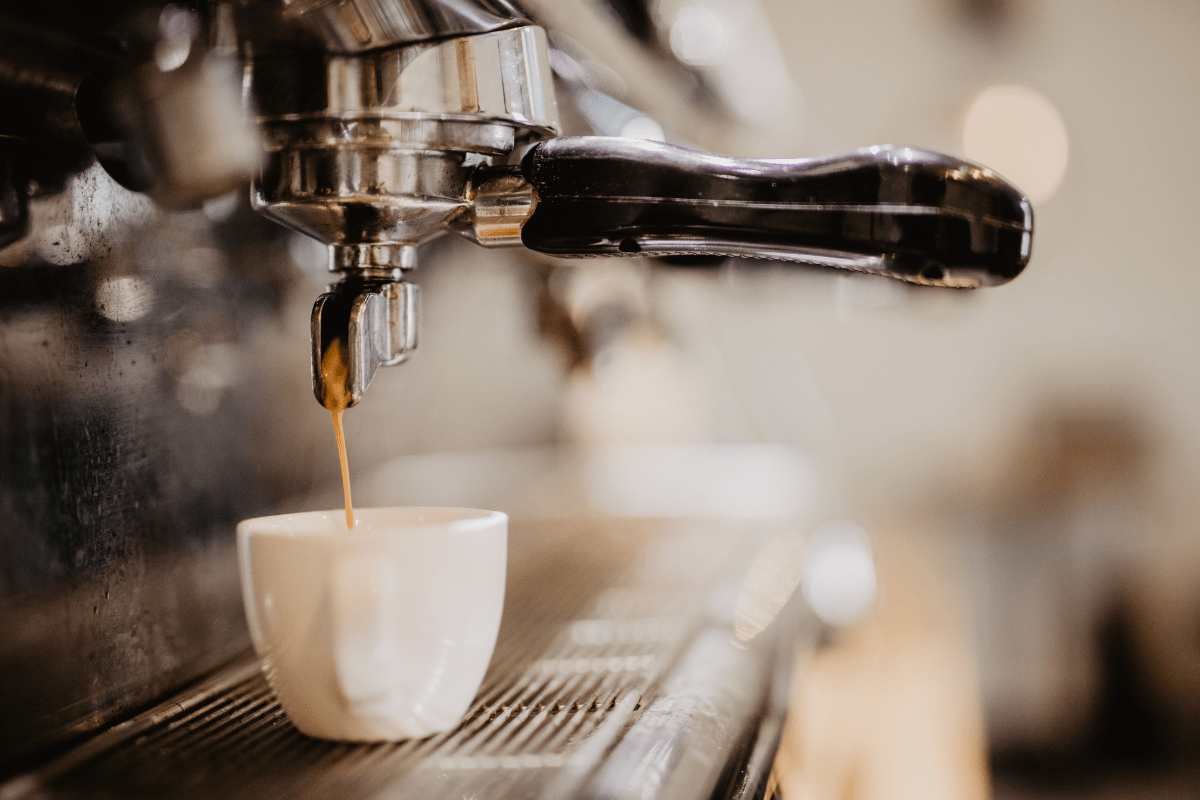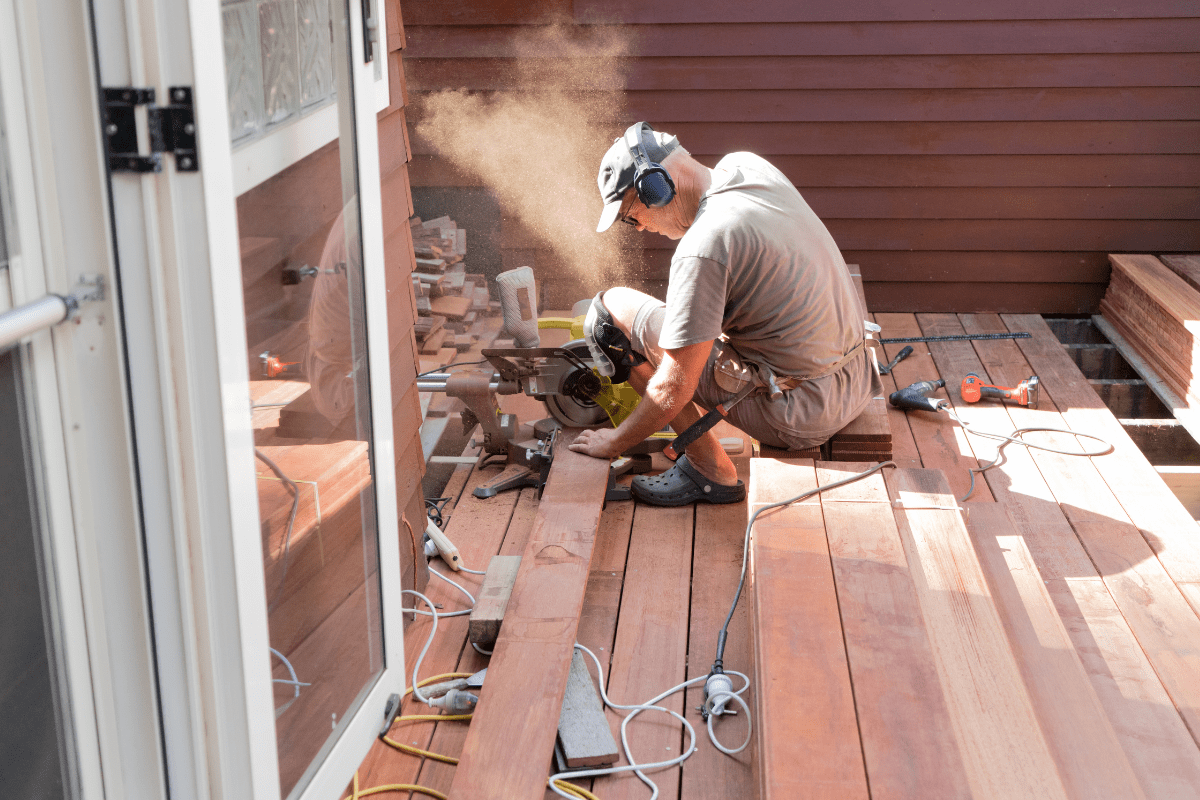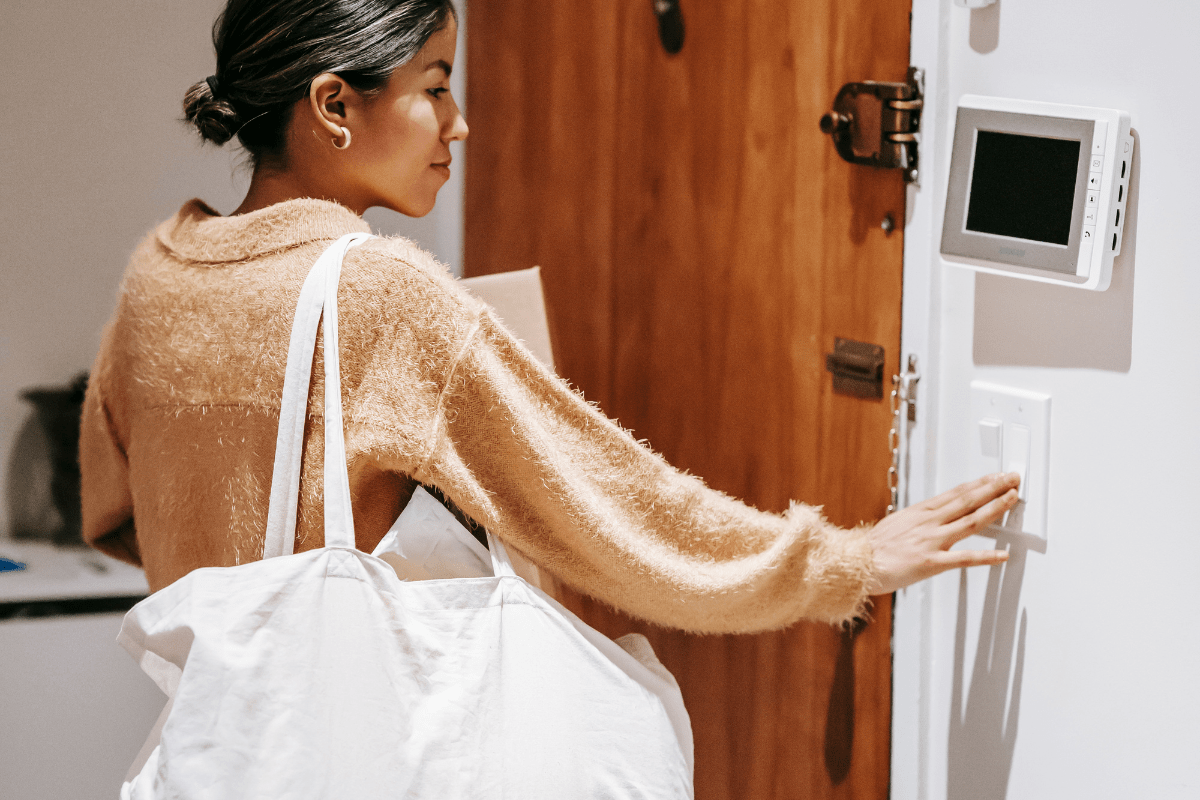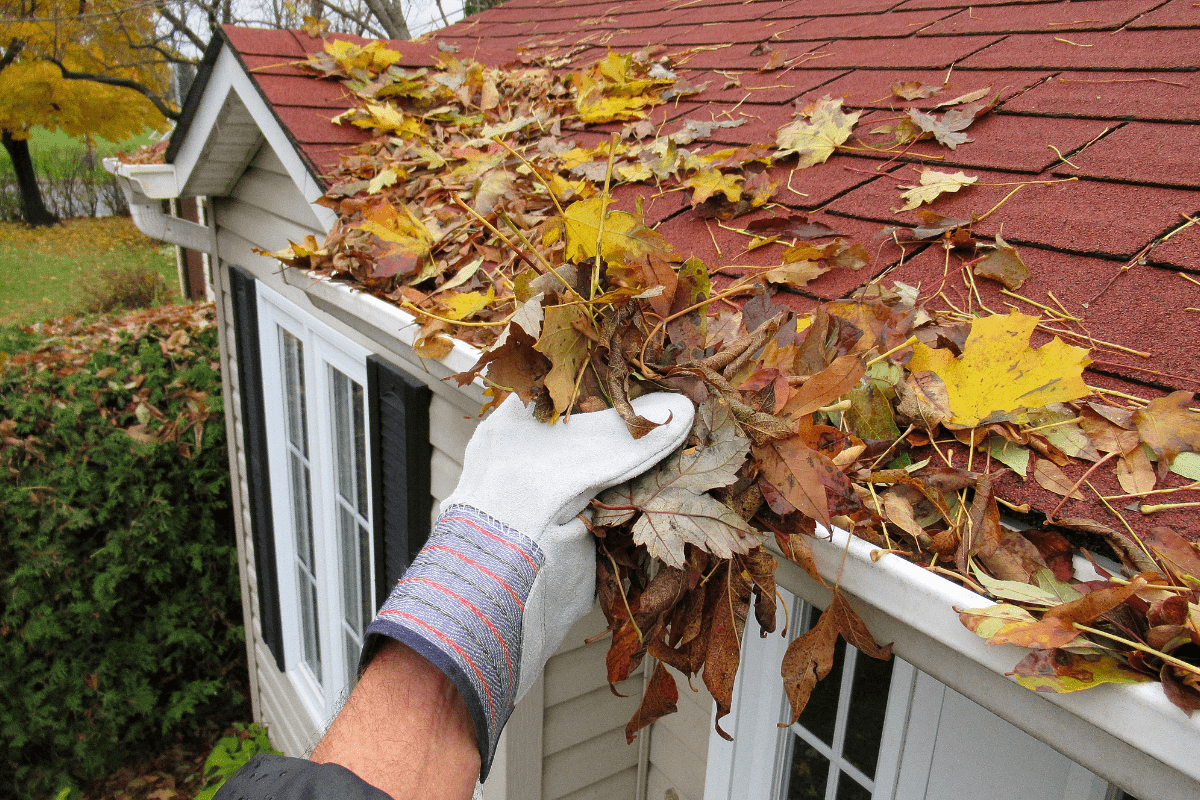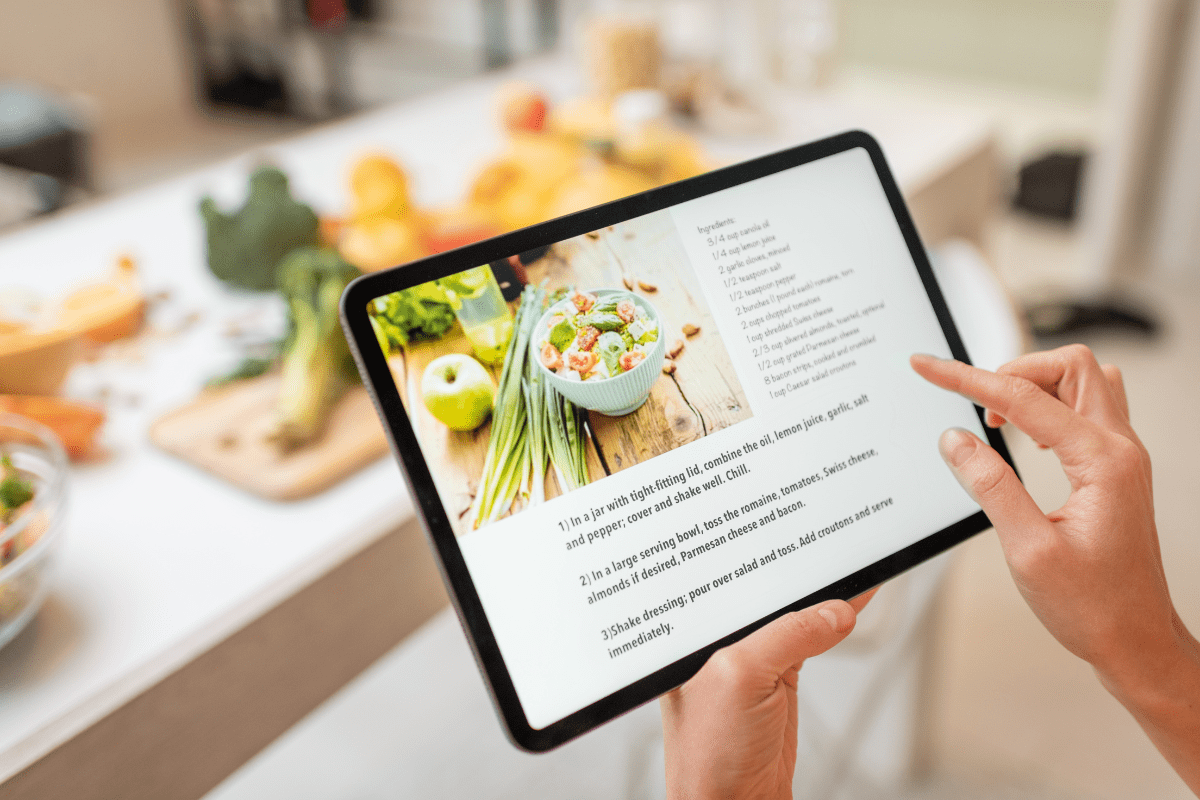Finding the perfect home espresso machine feels like navigating a caffeinated minefield of marketing buzzwords and conflicting advice. Trust me, I've been there… staring at spec sheets at 2 AM, wondering if I really need a "19-bar Italian pump" or if my morning coffee routine requires something called a "thermosiphon system."
After years of pulling shots on everything from plastic budget machines to temperamental Italian beauties, I've learned that great home espresso is more accessible than ever. The entry point for quality has shifted from $200 to around $300-400, but here's the kicker: today's "budget" machines pack features that cost thousands just five years ago.
Your wallet-friendly winners (that actually work)
Let's start with the machines that won't require a second mortgage but will still impress your coffee-snob friends. The sweet spot for entry-level excellence sits between $150 and $500, though I'd strongly suggest aiming for the $300+ range if you're serious about this whole espresso thing.
The Breville Bambino Plus ($399-449) has earned its spot as the darling of coffee reviewers everywhere. CoffeeGeek calls it "the best bang for the buck espresso machine on the market today," and honestly, they're not wrong. This little powerhouse heats up in three seconds flat… yes, THREE seconds. Remember waiting 20 minutes for your old machine to warm up? Yeah, me neither, because I blocked out those traumatic memories.
What really sets the Bambino Plus apart is its automatic milk frothing system. Look, I love a good latte art challenge as much as the next person, but sometimes you just want your cappuccino without the morning workout. The machine offers three texture settings and three temperature options, basically eliminating the steepest part of the espresso learning curve. CNN Underscored nailed it when they called this the "perfect pick for people who aren't super-advanced brewers."
Now, if you're thinking "but I want to learn proper milk steaming technique," consider the standard Bambino model ($279-299). You'll save $100-200 and get 90% of the Plus features, just with a traditional steam wand instead of automatic frothing. Interestingly, the base model includes a dedicated hot water button that's missing on the Plus. Tea drinkers, rejoice!
For the truly budget-conscious, there's the De'Longhi Stilosa at $149. Tom's Guide found it "performing like a much pricier model," which sounds like marketing speak until you actually use one. Yes, it's plastic. Yes, you'll need to spend another $6-9 on a metal tamper because the included plastic one is… well, let's just say it's decorative. But this machine uses a real single boiler instead of a thermoblock, meaning less noise and better temperature stability than you'd expect at this price.
The Gaggia Classic Pro Evo 2024 edition ($449-549) represents the old-school approach to espresso. This tank of a machine features a 58mm commercial-standard portafilter and construction that'll outlive your kitchen renovation. The recent updates include an Elexia-coated boiler for reduced scaling and improved internals for easier maintenance. Fair warning though: this is a machine for tinkerers. You'll need to master temperature surfing and manual shot timing, but some of us weird coffee people actually enjoy that stuff.
When you're ready to get serious (but not crazy)
The $500-1500 range is where things get interesting. These machines offer legitimate pro-level components without requiring a home equity loan. This is also where you'll start seeing features that genuinely improve your coffee, not just make the machine look fancier.
The MiiCoffee Apex V2 ($399-467) is basically disrupting the entire mid-range market. How? By cramming dual PID controllers, a 550ml stainless steel boiler, and a 58mm commercial portafilter into a machine that costs less than $500. Coffee industry insiders are raving about its elimination of temperature surfing and responsive customer service. The catch? It's relatively new to the market, so we don't have decades of reliability data like with Italian brands.
Then there's the Breville Barista Express ($550-600 on sale, $700 MSRP), which holds the crown as the world's best-selling espresso machine. There's a reason for that… it's basically an entire coffee bar in one machine. Built-in conical burr grinder? Check. PID temperature control? Check. Pressure gauge that actually helps you dial in shots? Double check. The magnetic tamper, steaming pitcher, and hidden accessories drawer make it feel like you've got a complete setup right out of the box.
For those who appreciate Italian engineering and don't mind a learning curve, the Rancilio Silvia V6 ($800-850) is still going strong after decades on the market. Its 300ml brass boiler delivers rock-solid temperature stability, and users regularly report 10+ years of faithful service. You will need to learn temperature surfing techniques since there's no PID controller, but that's part of the charm… right?
The De'Longhi La Specialista Opera ($700-800) tries to bridge the gap between traditional and automatic with its "smart tamping" technology. Basically, it handles the consistency while you maintain control over the important stuff. It even does cold extraction for those weird iced espresso drinks the kids are into these days.
Want a super-automatic that doesn't feel like giving up? The Philips 3200 LatteGo ($500-600 on sale) might surprise you. Its ceramic flat burr grinder and innovative milk system produce genuinely good drinks, and the AquaClean filter means you can make 5000 cups before descaling. FIVE THOUSAND. I can barely remember to descale my kettle every few months.
For those with champagne taste (and budget)
Alright, let's talk dream machines. The $1500+ category is where you'll find genuine commercial-grade performance scaled down for home use. These aren't just expensive toys… they're precision instruments that happen to make coffee.
The Lelit Bianca V3 ($2999-3000) earned CoffeeGeek's "Best Espresso Machine of All Time" designation, which is… quite a statement. The flow control paddle lets you manually adjust pressure throughout extraction, basically turning you into a coffee alchemist. Don't worry if that sounds intimidating; it also has an Electronic Low-Flow Mode that handles pressure profiling automatically.
What justifies dropping three grand on a coffee machine? Well, you're getting dual boilers (0.8L for brewing, 1.5L for steam) with independent PID control, a whisper-quiet rotary pump, and gorgeous walnut accents that'll age better than your kitchen cabinets. Plus, Lelit now has Breville's service network backing them up, which means actual support instead of "good luck finding parts."
German engineering fans will gravitate toward the ECM Synchronika ($2999). This hand-welded beauty prioritizes build quality above all else. No pressure profiling out of the box (that's a $220 upgrade), but the dual stainless steel boilers and E61 group head deliver consistency that borders on obsessive.
For the ultimate flex, there's the La Marzocco Linea Mini ($4000-6000). Yes, that's real commercial components in your kitchen. The saturated group design and 3.5L steam boiler mean you're essentially running a tiny coffee shop. The 2024 Reimagined model adds pre-infusion improvements while maintaining that "I'm training to open a café" authenticity.
The features that actually matter (and the ones that don't)
Here's where we separate the useful technology from the marketing nonsense. Understanding these features will save you from overpaying for specs that sound impressive but don't improve your coffee.
Temperature control is everything
PID controllers maintain brewing temperature within ±2°F, compared to ±20°F swings with basic thermostats. That precision matters more than almost any other feature. The good news? PID control now appears in $400 machines, not just $2000+ models like a few years ago.
Boiler configurations and your workflow
Your boiler setup fundamentally affects how you make coffee:
Single boiler machines handle brewing and steaming one at a time. You'll wait 30-60 seconds when switching between functions. Fine for straight espresso drinkers, annoying for latte lovers.
Heat exchanger systems use clever plumbing to enable simultaneous brewing and steaming from one boiler. The catch? You need to do cooling flushes before brewing. It's a decent compromise for milk drink fans on a budget.
Dual boiler setups give you separate, independently controlled boilers for each function. No compromises, no waiting, just pure caffeinated efficiency. Worth the premium if you make lots of milk drinks.
The truth about pressure
Every machine marketed today claims 15-20 bar pump pressure. Here's the thing… you only need 9 bars at the group head for proper extraction. Everything else gets regulated down by the OPV (over-pressure valve). Higher pump pressure doesn't equal better espresso; it usually just means louder operation and more marketing hype.
Portafilter size matters
The 58mm commercial standard gives you access to endless accessories. Smaller sizes (53-54mm) work fine but limit your upgrade options. Some budget machines use proprietary sizes that'll frustrate you later when you can't find a decent tamper.
Semi-automatic vs super-automatic: the eternal debate
This decision shapes your entire coffee experience, so let's be real about the trade-offs.
Semi-automatic machines give you complete control over grinding, dosing, tamping, and timing. You'll develop skills, experiment with different coffees, and eventually make better espresso than most cafés. The learning curve is real though… expect some terrible shots before the magic happens.
Choose semi-automatic if you:
- Actually enjoy the process
- Want maximum quality potential
- Like experimenting with variables
- Have morning patience
- Dream about microfoam texture
Super-automatic machines handle everything at the push of a button. They're consistent, convenient, and perfect for households where multiple people want different drinks. You sacrifice peak quality and control for reliability and speed.
Choose super-automatic if you:
- Value convenience above all
- Make drinks for picky family
- Lack morning brain function
- Want consistent results immediately
- Prefer iPhone simplicity
Mistakes that'll make you cry (and how to avoid them)
After watching countless friends buy the wrong machine, these are the errors that hurt most:
Obsessing over pump pressure. I cannot stress this enough… 15 bars, 19 bars, 47 bars, who cares? It all gets regulated down to 9 bars anyway. Focus on temperature stability and build quality instead.
Cheaping out on the grinder. This physically pains me to write, but your grinder matters more than your machine. Budget 40-50% for the grinder. Yes, really. A $300 machine with a $250 grinder beats a $550 machine with a blade grinder every single time.
Ignoring water quality. Hard water will destroy your machine with scale. Soft water won't extract properly. Aim for 35-85 ppm total dissolved solids. Get test strips. Use filtered water. Your machine and taste buds will thank you.
Underestimating maintenance. Espresso machines need love:
- Daily backflush (5 minutes)
- Weekly deep clean (15 minutes)
- Monthly detergent backflush (20 minutes)
- Quarterly descaling (1 hour)
Factor in $250-350 annually for cleaning supplies and filters. Coffee oils go rancid fast, and rancid oil makes every shot taste like sadness.
Buying the wrong boiler type. Single boiler for straight espresso. Heat exchanger or dual boiler for milk drinks. Don't overthink it, but don't ignore it either.
Your learning curve (spoiler: it's worth it)
Let me prepare you for the journey ahead:
Months 1-2: Your shots will be inconsistent. Some will be sour, some bitter, some actually drinkable. You'll spend too much time on YouTube watching extraction videos. This is normal and temporary.
Months 3-12: Something clicks. You start recognizing when the grind needs adjustment just by how the shot pulls. Your milk foam stops looking like dishwater. Friends start requesting coffee when they visit.
Year 2+: You're casually making better coffee than most cafés. You have opinions about water chemistry. You've modded your machine at least once. There's no going back now.
The bottom line (with math!)
A daily $5 coffee habit costs $1,825 per year. Even a high-end home setup pays for itself within 2-3 years. Entry-level machines run $1,500-2,200 over five years including maintenance. Premium setups might hit $4,800-7,000 total, but you're making café-quality drinks twice daily.
My advice? Start with the Breville Bambino Plus and a Baratza Encore ESP grinder. Total investment under $700, and you'll be making better coffee than your local chain within a month. Upgrade later if the bug bites… and trust me, it probably will.
Remember: fresh beans, proper grinder, regular maintenance. Everything else is just details. Now go forth and caffeinate responsibly.

